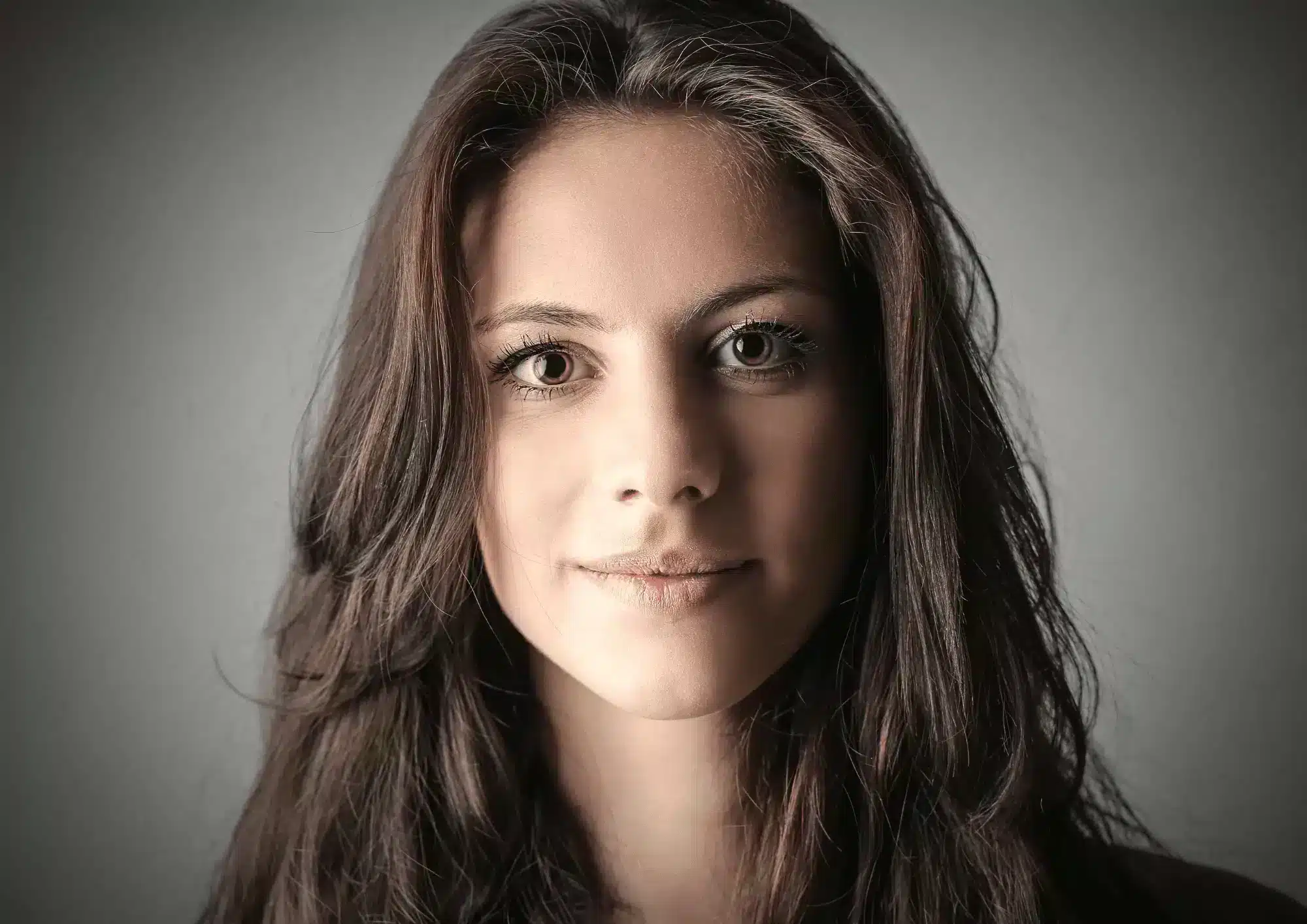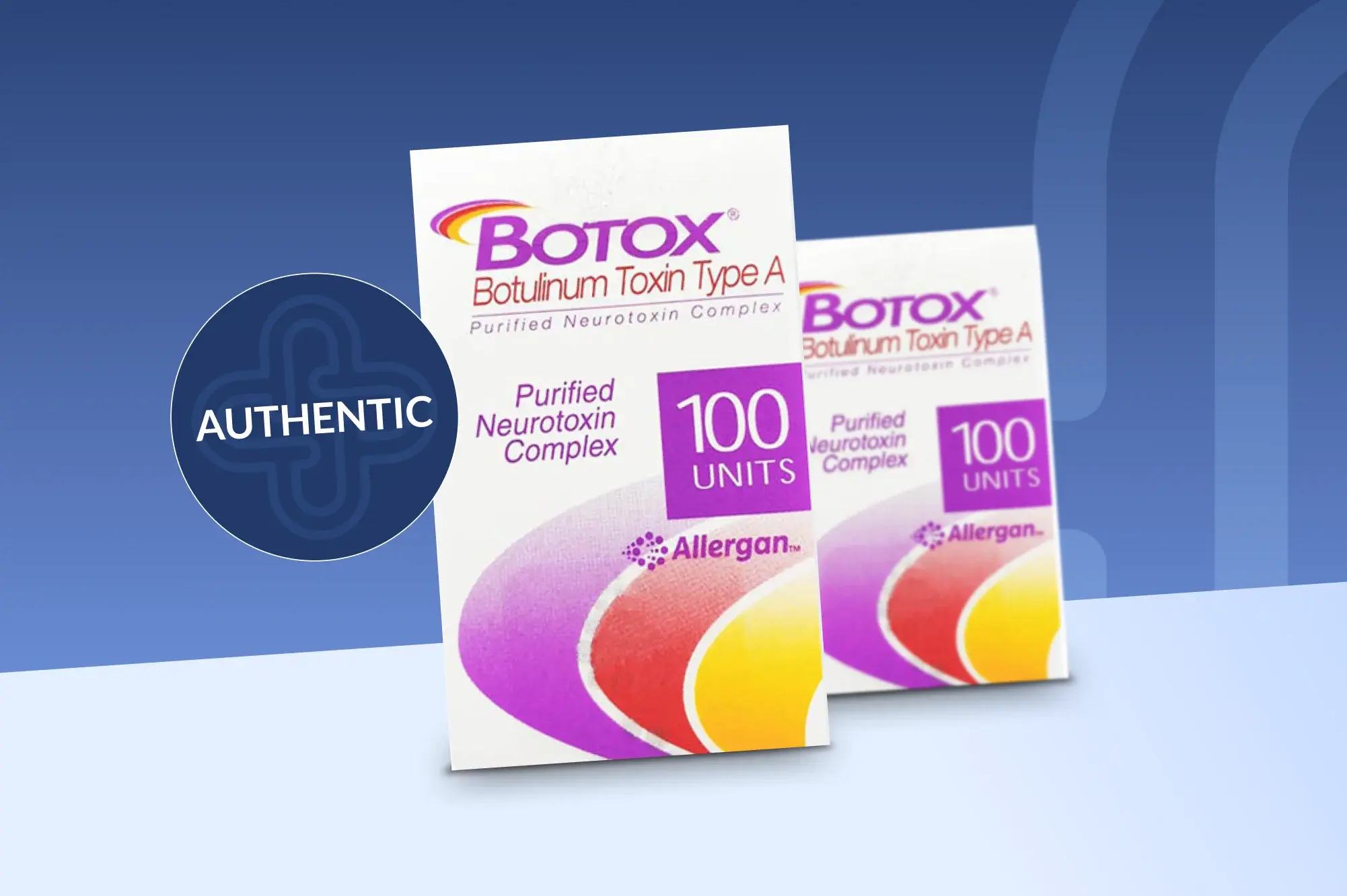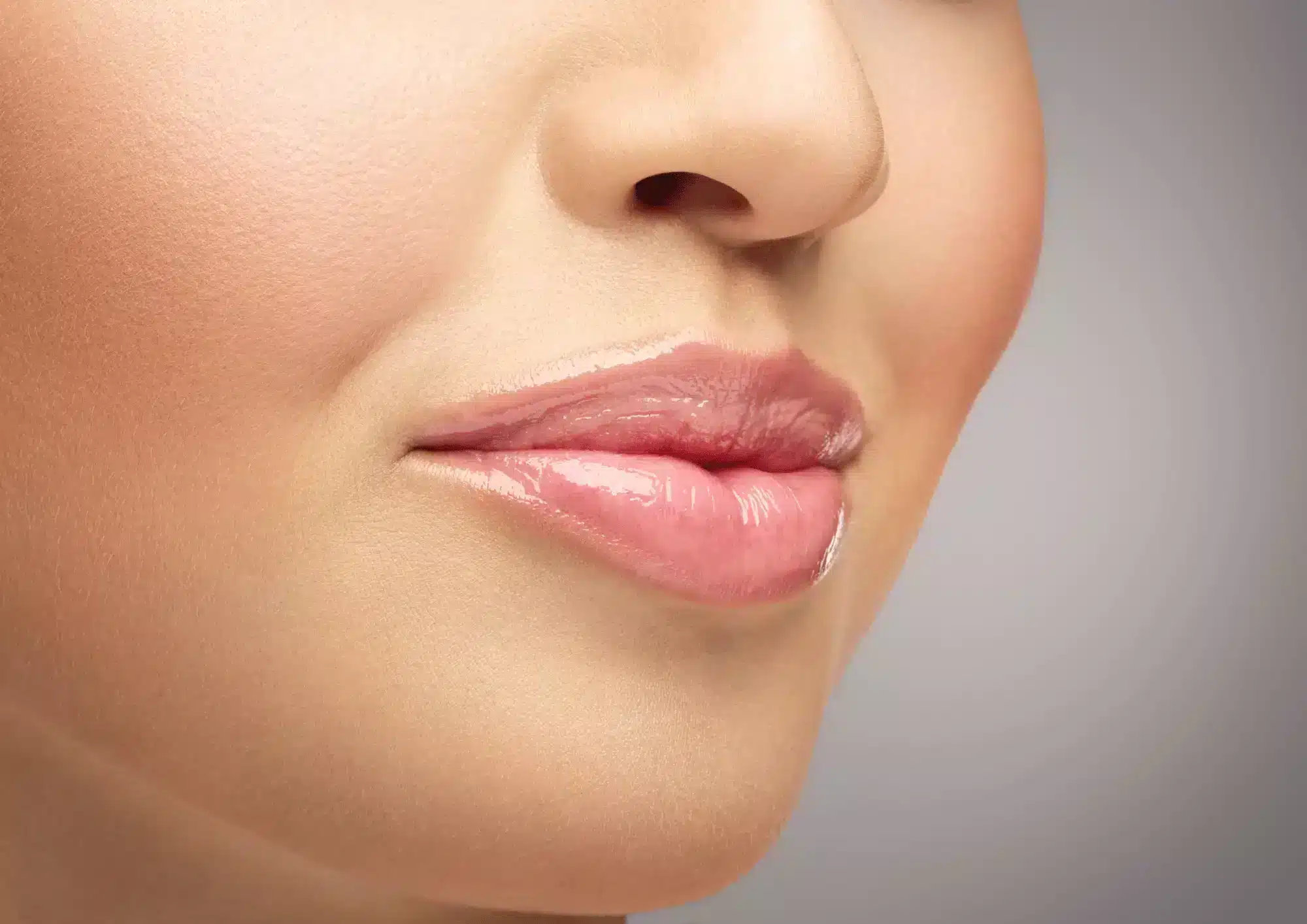Restoring volume to the midface region has a global effect on the face; in fact, midface rejuvenation is usually sufficient to give an overall younger appearance to the patient without the need for treating other areas. For this reason, midface augmentation is recommended first before other procedures like augmentation of the tear trough or nose, nasolabial folds correction, or filling the perioral region.Patients suitable for a Radiesse treatment in their cheek region are those with age-related concerns, like volume loss and the dropping of malar fat pads that leads to a drooping of the front of the cheek into adjacent areas. Younger patients with prominent nasojugal folds or deficiencies in the midface soft tissue or bony areas are also suitable for Radiesse treatments. This treatment helps the above conditions by volumizing the malar and submalar regions to reduce the shadowing effect that is associated with the above age-related concerns. Additionally, restoring volume to the fat compartments in the cheek also improves the look of sunken eyes, gives more curve to the upper lip, and diminishes lines and folds around the mouth and nose. Indeed, the age-reversing effects of midface rejuvenation are so substantive that dermal filler treatment in the mid-face region is often referred to as a “liquid facelift.”
Radiesse has a dual effect in its role as a soft tissue augmenting agent. First, as with other dermal fillers, it provides immediate volumizing benefits to the treated area through its space-filling properties. This volumizing effect is extended due to the actions of Radiesse’s second mode of action, which is that of a biostimulator of collagen. In this capacity, Radiesse acts as a scaffold to promote the formation of new tissue similar to its surrounding environment through the support of fibroblastic ingrowth and subsequent neocollagenesis.
Technique for cheek augmentation with Radiesse
Infiltrative or nerve block anaesthesia is suitable to be used in the cheek area. Use a 25-gauge, 1-inch needle to inject Radiesse. The injection site should be distal to the area to be treated, and a combination of fanning and cross-hatching injection techniques may be employed for the adequate spread of product across the area of treatment. Crucial to the success of treatment is the depth of injection. An approach to treating the cheek suggested is to start the injection in the more superior aspect of the treatment area in the direct subdermal subcutaneous plane. For optimal effects, deliver the product in multiple fine threads in multiple planes to allow the scaffolding properties of Radiesse to take effect. Once Radiesse is injected, immediately proceed to mould the product using fingers to smooth the surface and achieve the desired look. In most cases, it is not necessary to overcorrect, but some practitioners prefer to do so in anticipation of initial partial resorption.
Conclusion
Midface rejuvenation using dermal fillers is particularly crucial for achieving an overall youthful and vibrant appearance. Dermal fillers that stimulate neocollagenesis, such as Radiesse, can help not only directly replace volume lost through the effects of aging, but it can also extend the duration of the correction(s) through inducing the formation of new collagen at the site of the implant. Radiesse is particularly suited to treating the cheeks, as its physical characteristics make it ideal for rejuvenating large areas.








